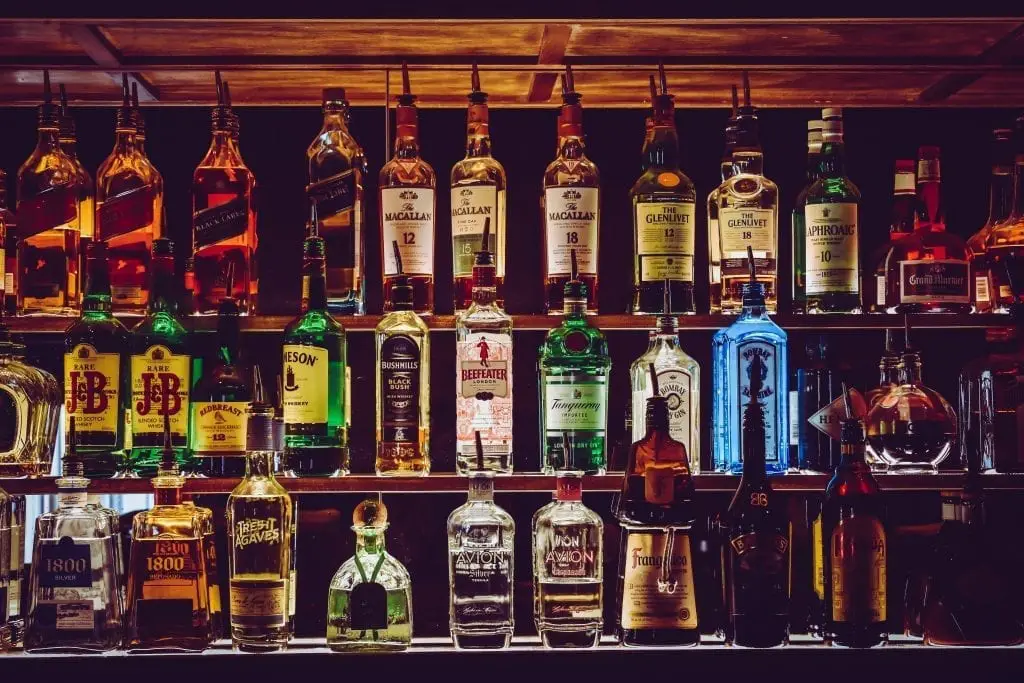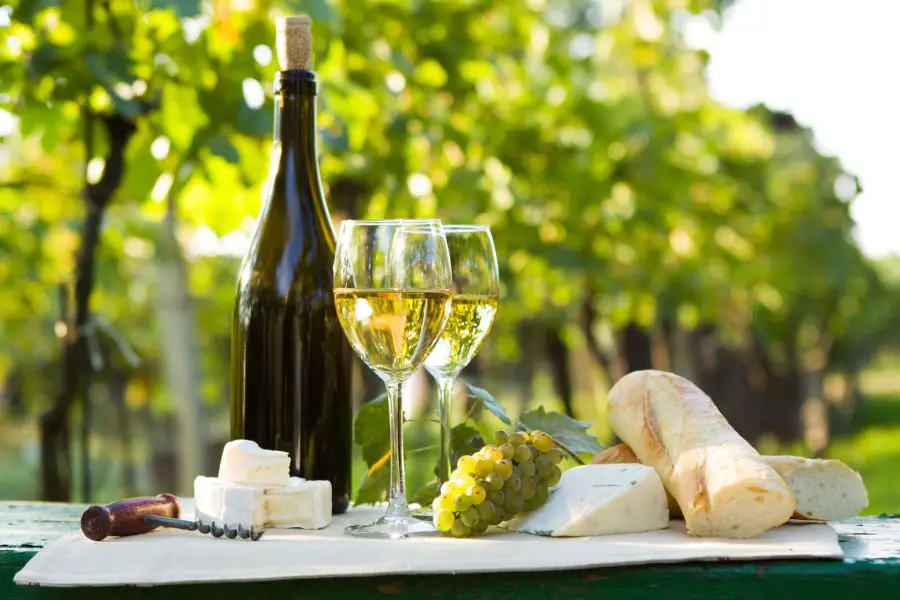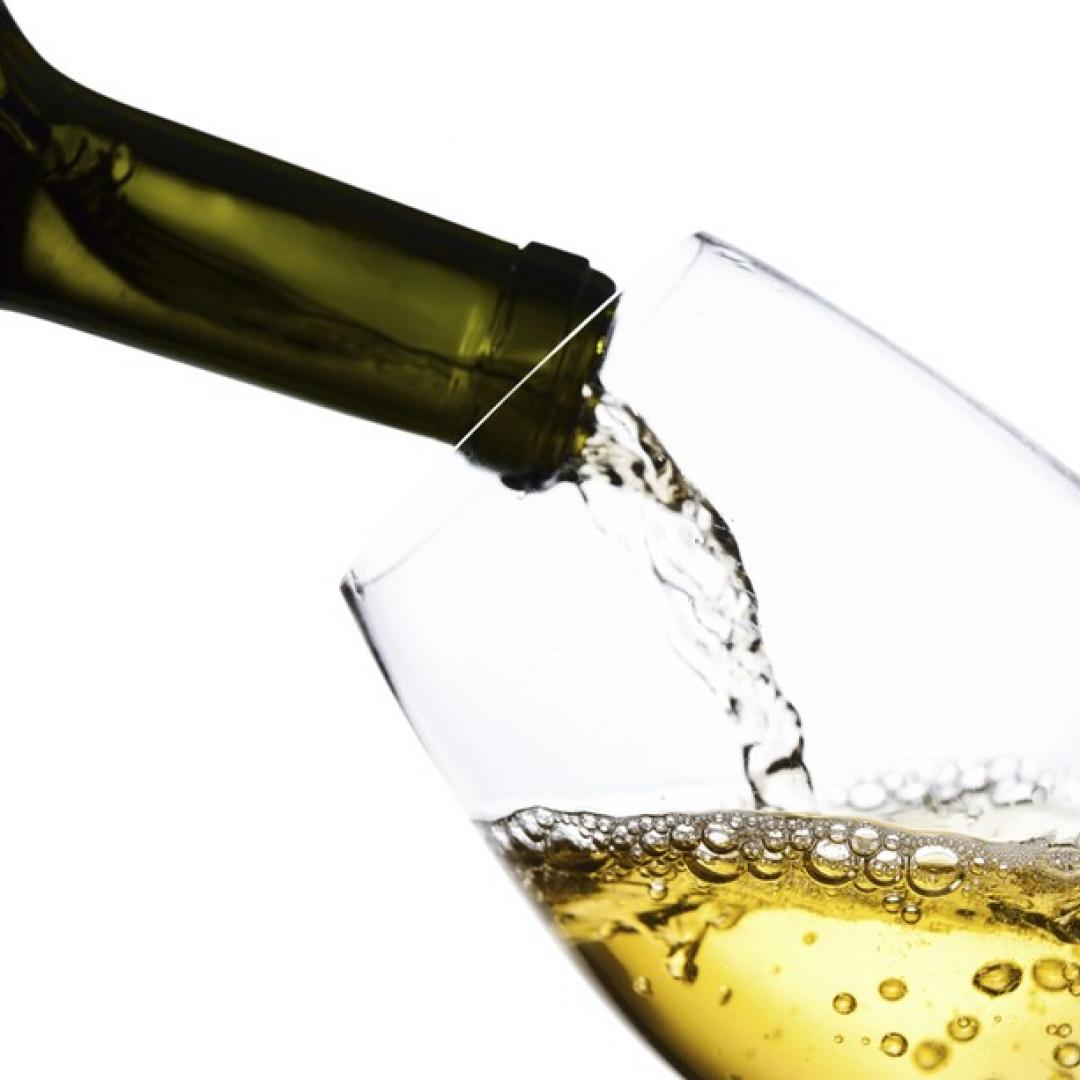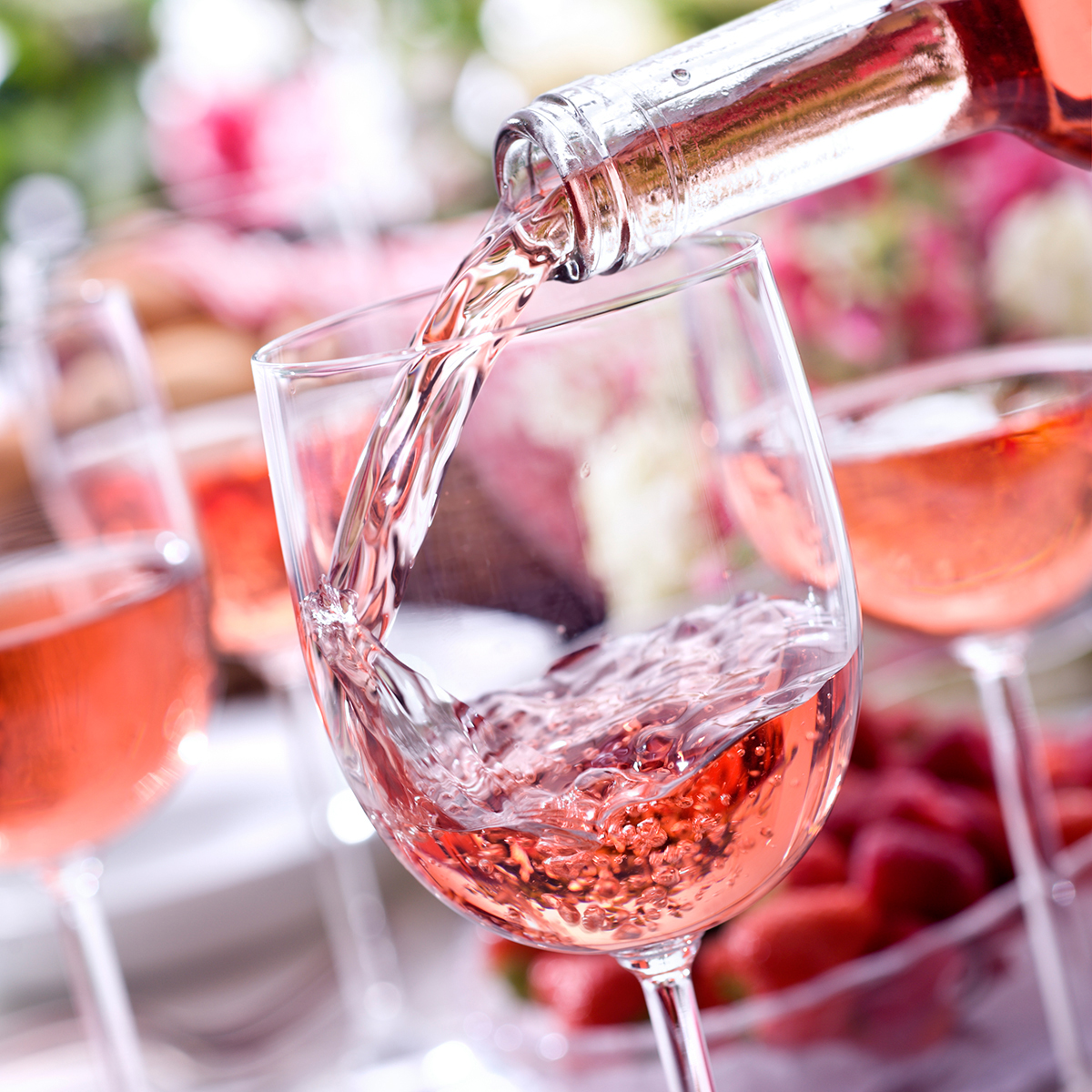have you ever drunk Chardonnay wine? When we talk about Chardonnay wine, it is synonymous with Burgundy, the region that leads the cultivation of this fruit that adapts easily to any climatic condition, it is said to be the noblest grape and the queen of the wine industry among all the varieties that exist in the world.
Today it is recognized as the ideal ingredient for all types of wines, because it can be processed using many techniques, obtaining different flavors in each region where it is processed. This white grape has become famous over the years for being present in the famous Champagne drink.
En esta nota, encontraras lo siguiente
Origin and history of Chardonnay wine
Formerly it received many names: chardenet, chaudenet and chardenay, due to the place where it was discovered and studied for the first time, Burgundy, eastern France.
In 1896 it was given the definitive name of Chardonnay. Although this fruit has been the subject of countless studies, where its country of origin has been discussed, the truly curious thing is that this white grape is the result of several crosses with other varieties such as pinot and the extinct gouais blanc.
On the other hand, it is said to be present in many of the grape varieties that exist today. Between mutations, crosses and clones, it has been planted in many vineyards to adapt it and process it with the characteristics that the winemaker is looking for its commercialization.
Thanks to the hybrids that have made several wine industries in countries such as France, United States, New Zealand, Israel, India and South Africa, its flavor varies in concentrated, aromatic and flexible in color, texture and flavor, that is, as much as its breeding can give record of acacia, peach, yeast, apple, pineapple, pineapple, cookies, mango, pear, honey, butter, grapefruit, nuts, flowers, orange, banana or cambur, oak, among many others.
Characteristics of Chardonnay wine
As we mentioned before, it can have multiple characteristics depending on its development process, the region and what is being sought. As it is a very noble grape and easy to grow, it can have varied registers.

However, the characteristics of Chardonnay wine are:
- Its clusters are small and very close together.
- The berry is round, of medium size, with colors ranging from green to yellowish white.
- Its skin falls into the medium thick category.
- Its juice is high in sugar with high acidity and white color.
- This fruit provides full-bodied, sparkling, creamy and smoky wines.
- You can enjoy it on a beautiful beach or a cold mountain.
Chardonnay wine color
It is a white wine, which in its different presentations, can be pale yellow, with green or golden reflections. This wine is considered in many parts of the world as refined and exquisite to the palate.
Flavor and aroma of Chardonnay wine
As a single varietal wine, it tends to have a strong, fruity flavor with high acidity. When it has been in reserve for a long time, it gives off a smell of hazelnut, butter and even bread, as well as spices and vanilla. If its conservation has been minimal, its smell and taste will be of pineapple, apple, melon, wax, honey, caramel, caramel, grapefruit, pear, butter, among many other fruits.
Alcohol content of Chardonnay wine
Being a white wine, chardonnay wine has an alcohol content of 13°, depending on the amount of sugar, the maceration and fermentation time could reach 15° degrees, because it has a natural acidity.
Types of Chardonnay wines
There are different types of Chardonnay wines, since Chardonnay is a very common grape and a very popular variety in the wine industry, it can provide the following wines: Chardonnay white wine It is the most common, there are countless types of white wine based on Chardonnay, which are usually drunk cold and its pairing is light.
They can be dry or not. Chardonnay sparkling wine The most famous of these wines is Champagne. It has dominated the market for a long time; it is an exquisite and refined drink. It can be in the sweet and dry version, called Champagne.
The foam is due to a by-product that comes naturally from fermentation. Medium-bodied Chardonnay They are more citric (lemon, grapefruit) and the basis of their aroma is grass (mint, usually).
They have a fairly thick contexture, that is why they are determined medium-bodied, among them stand out the: Viognier and Semillon.
Light-bodied Chardonnay They are lighter in body, making them easier to drink. Their flavor varies between bitter with a light floral and fruity register.
Chardonnay wine pairing
The pairing with Chardonnay is easy to combine, as it is an exceptional fruit in flavor and aroma, it can take you wherever you want, as long as you decide very well the accompanying dish.  Its ideal companions are:
Its ideal companions are:
- Vegetables
- Soft cheeses
- White and smoked fish
- Roast chicken
- Light and unseasoned sauces
- Rice
- Meat alone or with sauce
- Seafood
- Vegetarian dishes
- Pasta
how do you drink Chardonnay wines?
If it is a matter of enjoying the aroma, flavor, texture and its multiple registers, Chardonnay should be served in a Tulip glass and at a temperature of 8 to 10° degrees. Aged wines should be served at 12°. The youngest ones, called virgins, are best enjoyed at 5 to 7°.
how is Chardonnay wine made?
The elaboration of chardonnay wine varies according to where it is harvested. But in general the elaboration of Chardonnay wine occurs as follows:
- Pressing: the fruit is pressed to obtain the must or juice. Depending on the force with which it is pressed, more or less must is obtained. The lower the pressure, the higher the quality of the juice.
- Debourbage: process to eliminate any residue left from the pressing. It can be done naturally, preventing the fermentation process from starting, or through machines and filters.
- Fermentation: the alcohol content of the wine is determined, and must be carried out at a considerable temperature in order to obtain a final wine of excellent quality. The aim of this process is for the yeast to convert the sugar into alcohol, which should be less than 4-5 grams per liter.
- Devatting: used to separate the residual yeast from the final wine, which is considered a young white wine.
- Clarification: the process of filtering the final wine.
- Bottling: it can be in oak barrels for aging or early commercialization. If it is “aged”, a term used in the wine industry, it is done on lees, yeasts that upon death become “autolysis”, which provide the wine with quite characteristic olfactory and gustatory registers that must be removed for a fine finish.
Chardonnay wine price
Being a fruit of varied cultivation, Chardonnay wine has many presentations; from a fine bottle of Champagne to a box of 12 compact bottles of young wine, that is why its price may vary depending on the region, place or country where it is marketed.
Best brands of Chardonnay wine
- Trapiche Gran Medalla Chardonnay: it is exquisite and sophisticated. Green apple and pear flavors predominate.
- Fabre Montmayou Chardonnay: medium-bodied, sparkling, with notes of orange blossom.
- Alfredo Roca Personal Dedication Chardonnay: famous for its caramel flavor and aroma.
- Urraca Chardonnay: intense aroma, with a predominance of fruit, including pear. It is a dry wine.
- Killka Chardonnay: young wine with high acidity, very elegant.
- Synthesis Sauvignon Blanc: varied, bold and fresh on the palate.
- Pequeñas Producciones Chardonnay: predominantly melon flavor. It is smooth and fresh.
- Luigi Bosca Gerwurztraminer Reserva: its flavor and aroma rest on floral notes.
- CXV Cientoquince Blend Blanco: highlights the flavor of toasted hazelnuts in combination with pear and apple.
- Gran Linaje Torrontés: the only Chardonnay that is able to balance the fruity and floral.




